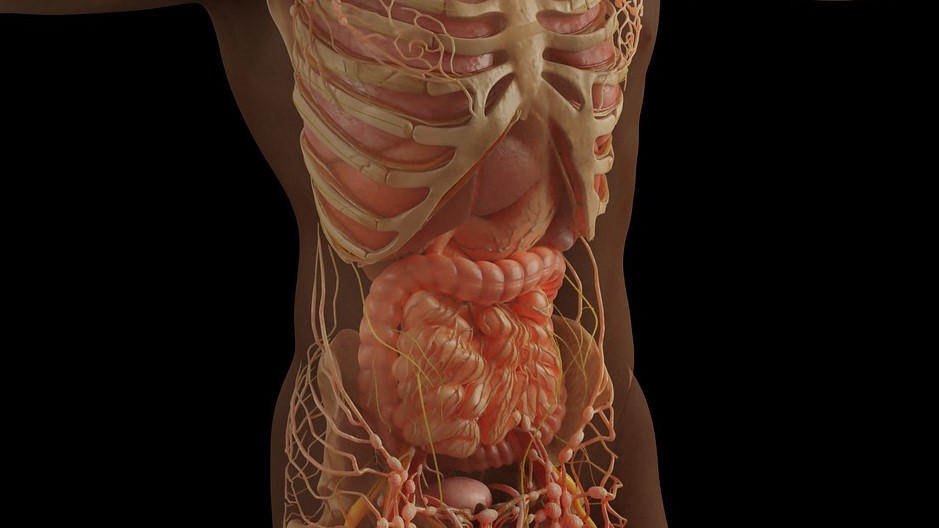
A newly published study in the scientific journal Science Immunology has investigating how MAIT cells (mucosa-associated invariant T cells) behave in different tissues. The Karolinska Institutet study shows that these immune cells, which play an important role in the body’s defence against microbes, exhibit different properties depending on the tissue they are in.
MAIT cells are a type of T cell that recognise by-products formed when microbes synthesise riboflavin. This makes them unique in the way they detect and fight infections. The researchers examined MAIT cells from blood, barrier tissues and lymphoid tissue samples from organ donors to understand how these cells function in different tissues.
Different MAIT cells in intestines and liver
“We found that MAIT cells in the intestines have a specialised immunoregulatory profile with high expression of the regulatory enzyme CD39, suggesting that they play a role in protecting the intestinal barrier,” says Johan Sandberg, Professor at the Center for Infectious Medicine (CIM), at the Department of Medicine, Huddinge, Karolinska Institutet.
“In the liver, on the other hand, MAIT cells predominantly exhibit high expression of the marker CD56 and an increased ability to fight microbes.”
The study also shows that the number of MAIT cells in the blood decreases with age but is preserved in the tissues. At the same time, tissue-adapted functions in the intestines and liver become increasingly evident with age.
“Our results highlight the functional heterogeneity of MAIT cells and their adaptation to different tissues.”
The results of the study add a new dimension to the understanding of the immune system and how different types of immune cells specialise to protect different tissues against infections.
“This gives us a better understanding of how this arm of the immune system works and can help us develop new treatments for infectious diseases,” says Johan Sandberg.
Source: Karolinska Institutet

